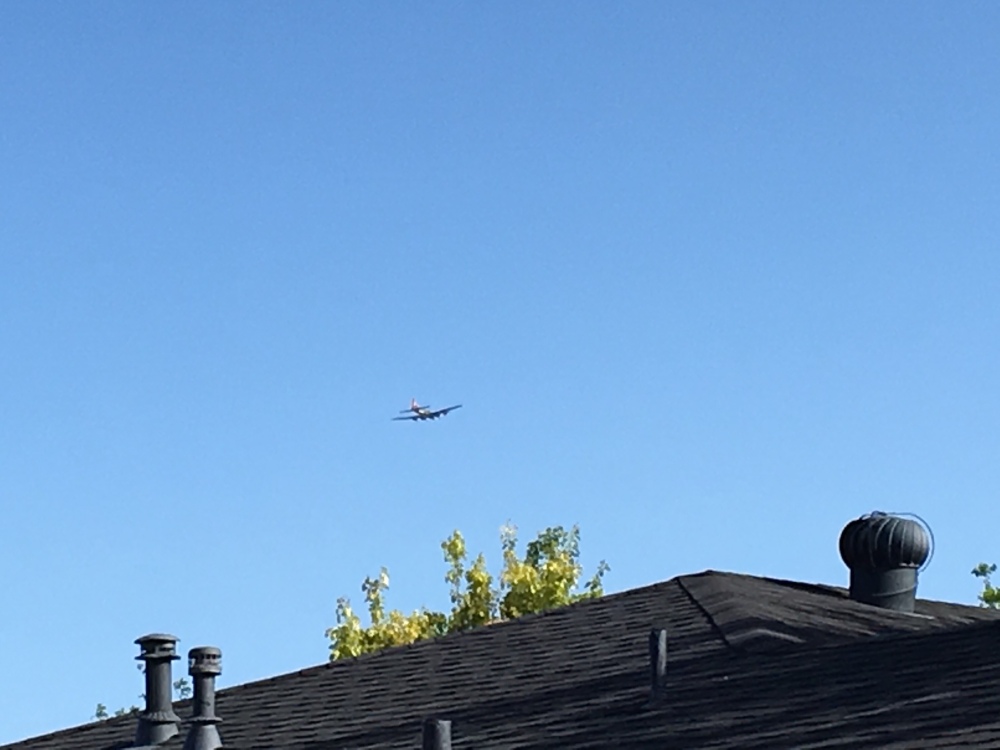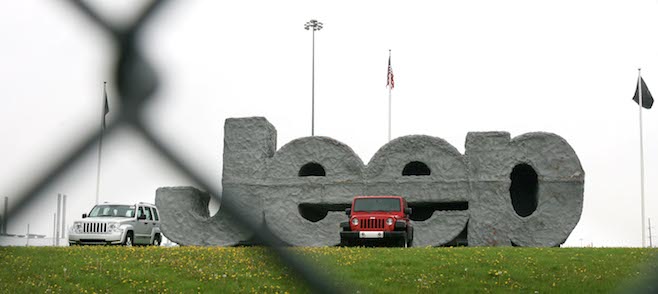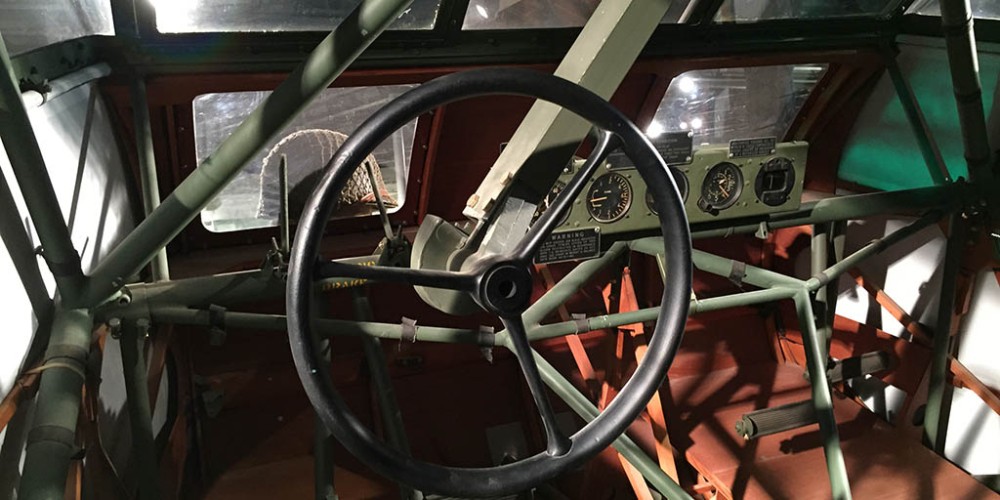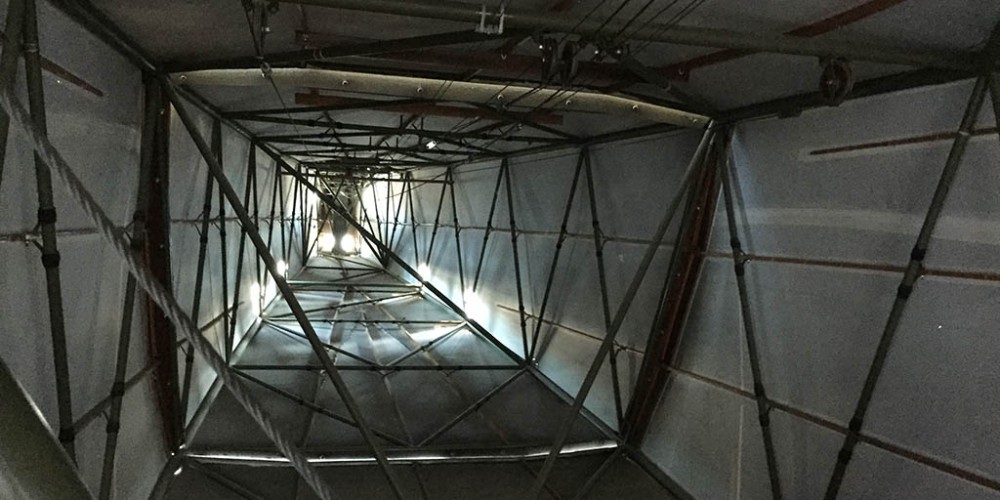What do you do when the entire family wakes up early on a beautiful Saturday morning? Well, you start planning a day trip, of course!
In our case, the agreed upon destination was the Silent Wings Museum in Lubbock, Texas, which honors and memorializes the South Plains’ contribution to the United States Army Air Force’s glider program during World War II. My wife, Jennifer, and I loaded up our children, Katelyn, 8, and Tommy, 6, and headed out.
Jennifer and I share a fascination with the WWII era. For her, the interest is somewhat more cultural, an interest in the people, their thoughts and perspectives on a bygone way of life. For me, the military history nut, the appeal lies in the vehicles, weapons, gadgets and gizmos invented for and used in a combat environment.

A crushed glider pilot’s helmet is among the many smaller artifacts at Silent Wings.
The museum, adjacent to Preston Smith International Airport, features a retired air traffic control tower, which sits behind a prominently displayed C-47 Skytrain (Dakota to the RAF). The main lobby of the circular-ish facility also serves and the museum gift shop. A walk around to the right reveals small artifacts from the adjacent airstrip’s days as a WWII training site and from the missions its men flew over the European Theater.

GIs open a G-4 Waco glider to reveal a Willys MB strapped down inside.
Around the corner, though, is Fortress Europa, staged to look like a glider landing area. The front half of a G-4 Waco glider juts out from the hedgerow along one wall, with GI-mannequins lifting its nose to reveal a Willys MB (forerunner of today’s Jeep Wranglers, like Smokey) strapped down inside. Nearby, another Willys is towing an M8 75 mm Howitzer and a small Army bulldozer clears the area. There’s also a German 15 cm Nebelwerfer artillery piece, as well as an American .30-caliber Browning machine gun team.
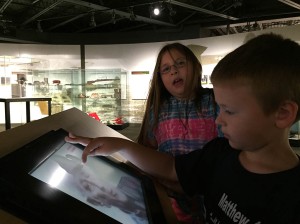
Katelyn and Tommy discuss a video interview with a glider-service veteran.
In the center of the adjacent room, three mannequins adorned in US military uniforms of the era stand on a raised area that features video displays. Glass cases encircle the room and feature a variety of German, British and American military artifacts.
Still more excitement awaits around the next corner, where a glass case is filled with small arms from allied and axis powers, followed by a series of posters promoting the war effort. There’s also a small theater that shows a film on the South Plains glider program, though, by the time we reached it the museum was too near closing to watch the film.

Center stage in Silent Wings’ largest room is a complete G-4 Waco glider.
Finally, we arrive in the museum’s great room, which displays several G-4 training cockpits, equipment, training aircraft and simulators, mock-ups of a barracks room and pilot-training room and, of course, the museum’s crown jewel, a beautifully restored G-4 Waco.

Tommy examines the inside of the G-4 Waco.
The aircraft’s lightweight skin is rubbery to the touch, and hides a beautifully crafted wood frame that belies its violent purpose. The open door reveals several patches that have been made to the skin and allows visitors to view the benches for its glider-borne troops. We couldn’t help but spend the most time in this room, partly for its fascinating artifacts, and also for the radiant light that bathed it all through giant windows.
Finishing up inside, we walked out front to get a closer look at the Skytrain static display. The aircraft, on loan from the National Marine Corps Museum in Quantico, Va., is an amazing spectacle. Its size, more than 96-foot wingspan and rugged construction offer an imposing presence, even more than 70 years after it entered service. (No wonder a handful are still in use around the world today!)
Our museum visit was far too brief, but there was still more to see and do in Lubbock. (more on that in future posts) One day very soon, we’ll climb aboard Smokey again and make the two-hour journey through time to soar with the brave men of the U.S. military glider program.
